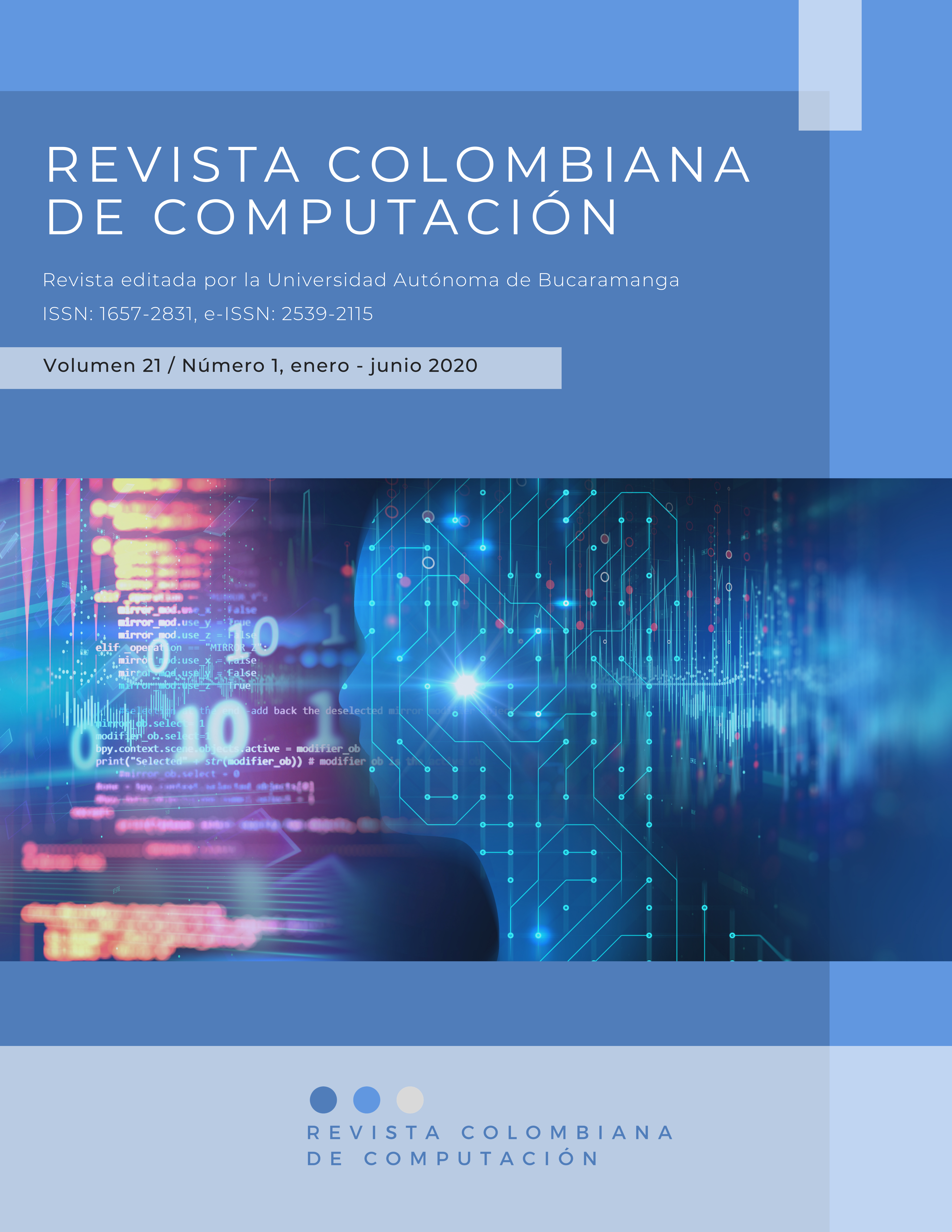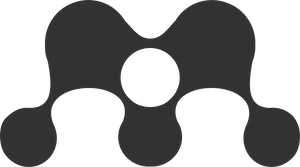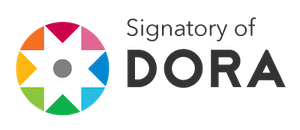Fog Computing en el contexto de Smart Home, asistente de voz y futuro de IoT
Resumen
Fog Computing es la capa de computación distribuida más próxima al usuario. Una arquitectura fog exitosa permite reducir el retardo o latencia y aumenta la eficiencia. En este artículo se expone el desarrollo e implementación de una arquitectura de computación distribuida, aplicada a un entorno de automatización que aprovecha el Fog Computing como intermediario con la capa de computación en la nube. El estudio utilizó una placa de desarrollo Raspberry Pi V3 conectada a elementos finales de control como servomotor y relés, indicadores y sensores térmicos. Todo controlado por un framework de automatización que recibe las órdenes de Siri, las cuales son ejecutadas por medio de instrucciones previamente determinadas. La conexión a la nube se beneficia al reducirse el envío de datos ya que ahora solo se recibe la información relevante para su análisis.
Referencias bibliográficas
Bakhshi, Z., Rodriguez-Navas, G., & Hansson, H. (2019). Dependable Fog Computing: A Systematic Literature Review. 2019 45th Euromicro Conference on Software Engineering and Advanced Applications (SEAA), 395–403. https://doi.org/10.1109/SEAA.2019.00066
Homekit. (2016). Retrieved January 2, 2017, from https://www.domoticz.com/wiki/Homekit_Siri
Iorga, M., Feldman, L., Barton, R., Martin, M. J., Goren, N. S., & Mahmoudi, C. (2018). Fog Computing Conceptual Model. Retrieved from https://www.nist.gov/publications/fog-computing-conceptual-model
IoT Eclipse. (2019). IoT Developer Survey. Retrieved from Eclipse Foundation website: https://iot.eclipse.org/resources/iot-developer-survey/iot-developer-survey-2019.pdf
Isa, I. S. M., Musa, M. O. I., El-Gorashi, T. E. H., & Elmirghani, J. M. H. (2019). Energy Efficient and Resilient Infrastructure for Fog Computing Health Monitoring Applications. 2019 21st International Conference on Transparent Optical Networks (ICTON), 1–5. https://doi.org/10.1109/ICTON.2019.8840438
Skala, K., Davidovic, D., Afgan, E., Sovic, I., & Sojat, Z. (2015). Scalable distributed computing hierarchy: Cloud, fog and dew computing. Open Journal of Cloud Computing (OJCC), 2(1), 16–24.
Tsigkanos, C., Avasalcai, C., & Dustdar, S. (2019). Architectural Considerations for Privacy on the Edge. IEEE Internet Computing, 23(4), 76–83. https://doi.org/10.1109/MIC.2019.2935800
Wang, X., Gu, B., Ren, Y., Ye, W., Yu, S., Xiang, Y., & Gao, L. (2019). A Fog-based Recommender System. IEEE Internet of Things Journal, 1–1. https://doi.org/10.1109/JIOT.2019.2949029
Wei, X., & Wu, L. (2019). A New Proposed Sensor Cloud Architecture Based on Fog Computing for Internet of Things. 2019 International Conference on Internet of Things (IThings) and IEEE Green Computing and Communications (GreenCom) and IEEE Cyber, Physical and Social Computing (CPSCom) and IEEE Smart Data (SmartData), 615–620. https://doi.org/10.1109/iThings/GreenCom/CPSCom/SmartData.2019.00120
Zhang, T., Jin, J., Zheng, X., & Yang, Y. (2019). Rate Adaptive Fog Service Platform for Heterogeneous IoT Applications. IEEE Internet of Things Journal, 1–1. https://doi.org/10.1109/JIOT.2019.2945328












